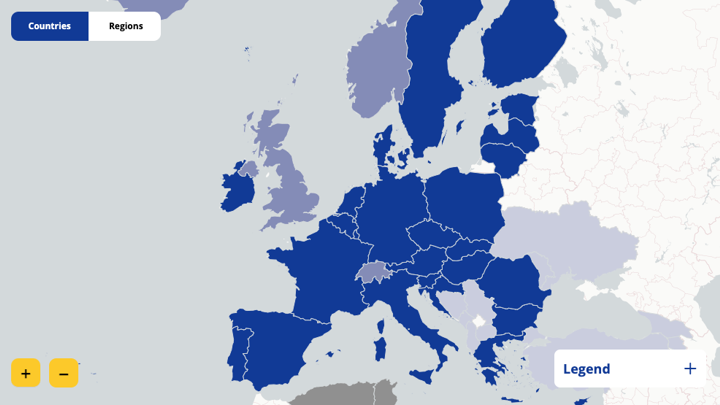Types of programmes
Interreg supports cooperation through four distinct programme types, known as 'strands of cooperation.' Explore how each one addresses specific territorial needs and fosters impactful collaboration.
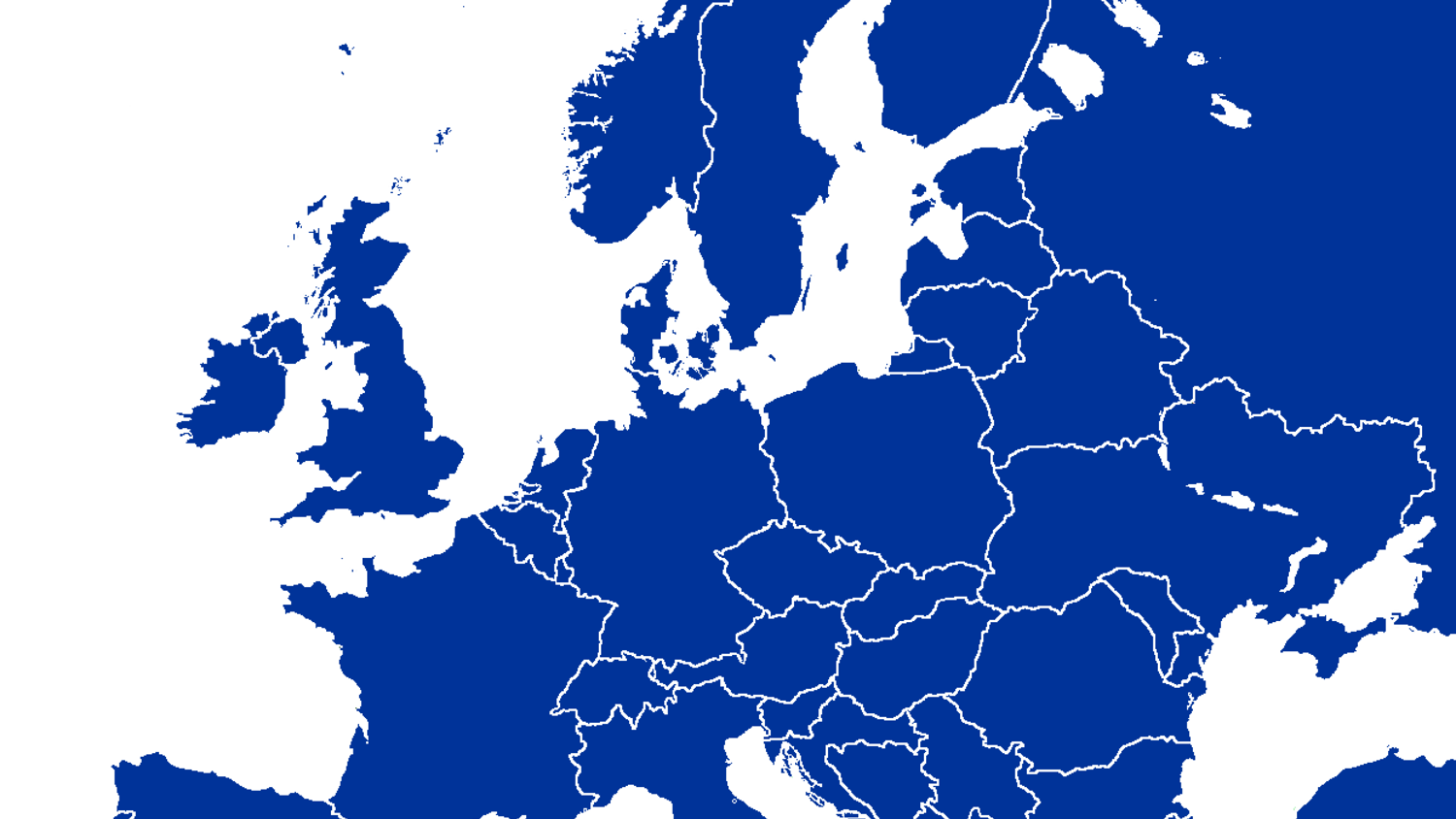
Four ways to cooperate across borders
Interreg takes various forms, adapting to address the specific challenges and opportunities of different territories. It operates through four types of programmes, commonly called 'cooperation strands,' each designed to tackle issues beyond borders, strengthen regional partnerships and promote shared development goals in distinct ways. All types of programmes aim to enhance cooperation, bridge economic gaps and build stronger connections between European and neighbouring countries.
There are four types of Interreg programmes, or 'cooperation strands': Cross-Border (A), Transnational (B), Interregional (C), and Outermost Regions (D).
Cross-border cooperation
Creating opportunities on the border
European cross-border cooperation, also known as Interreg A, helps neighbouring countries work together. This cooperation focuses on regions located on or near borders. The goal is to solve shared challenges in border areas, create new opportunities for growth and strengthen partnerships to support balanced development across Europe.
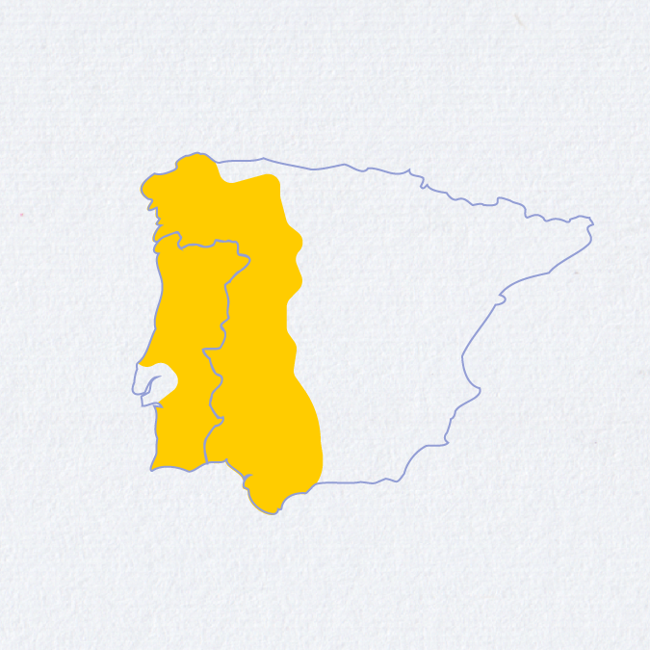
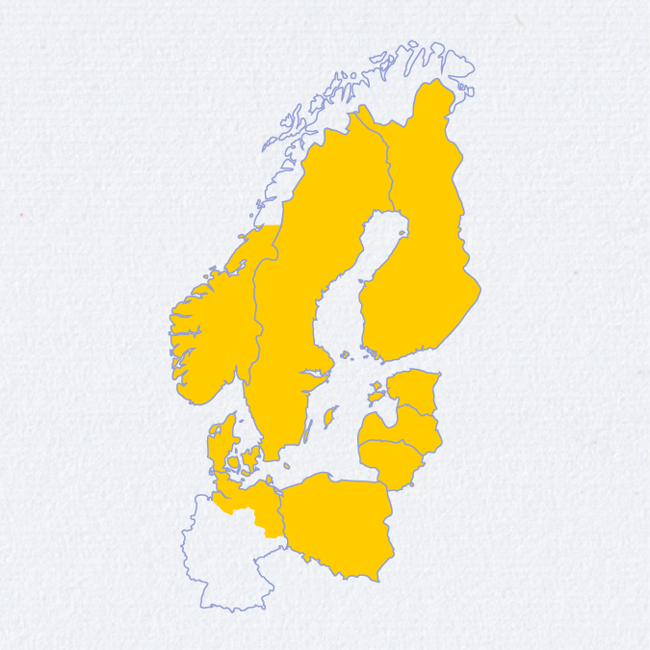
Transnational cooperation
Tackling challenges across larger regions and sea basins
Transnational cooperation, also referred to as Interreg B, supports collaboration across larger areas or around sea basins. These programmes help regions address shared challenges that are too big for one single country to solve alone, such as innovation, climate change and digital connectivity.
Interregional cooperation
Enhancing the effectiveness of Cohesion Policy
Interregional cooperation, also known as Interreg C, supports regions across Europe in sharing knowledge and tackling common challenges. It focuses on exchanging experiences, building capacity and identifying good practices that can be applied to regional development policies. This strand helps improve the effectiveness of Cohesion Policy by fostering collaboration across regions.
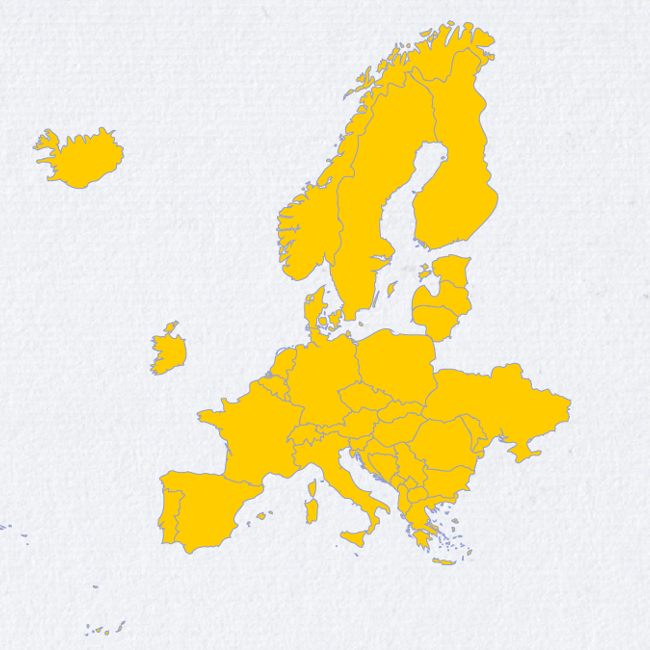
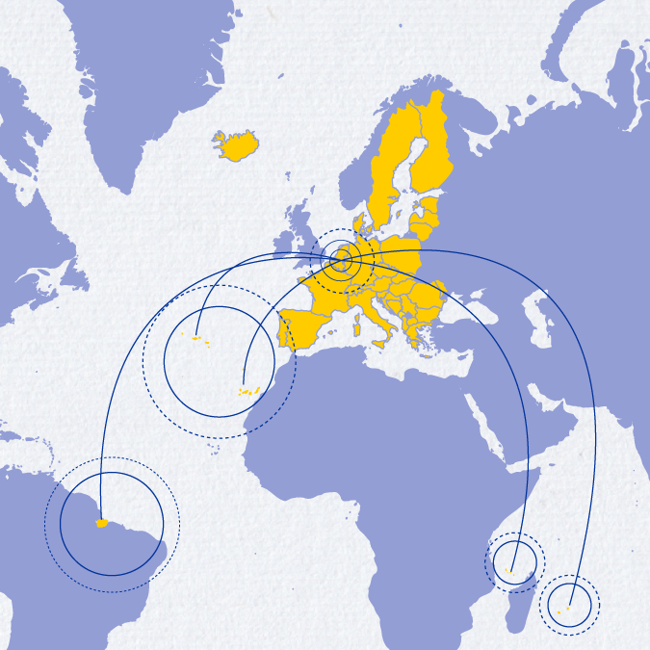
Outermost regions
Cooperation in the outermost regions (Interreg D) supports collaboration between the EU’s outermost regions and their neighbouring non-EU territories. It aims to foster regional integration, address shared challenges and promote sustainable development in areas such as connectivity, climate change and economic growth.
Find relevant programmes by region or theme
Navigate through the interactive map to find relevant programmes in your region.
See interactive map
